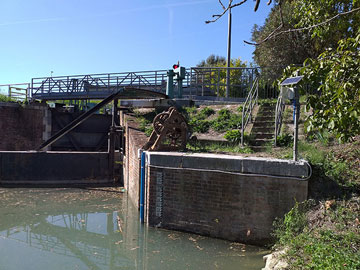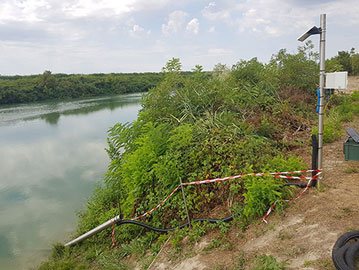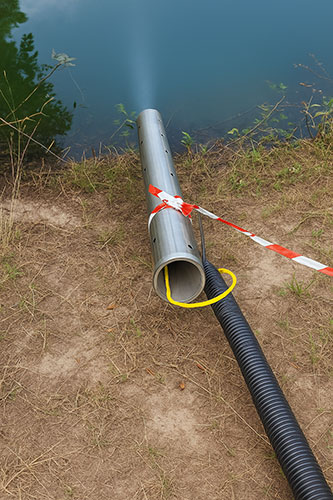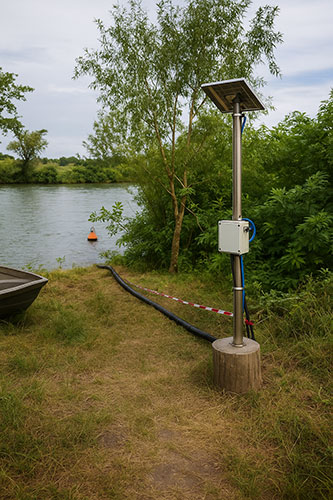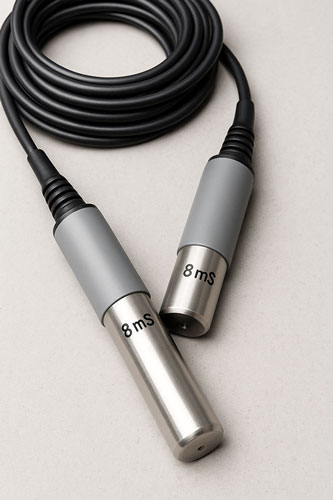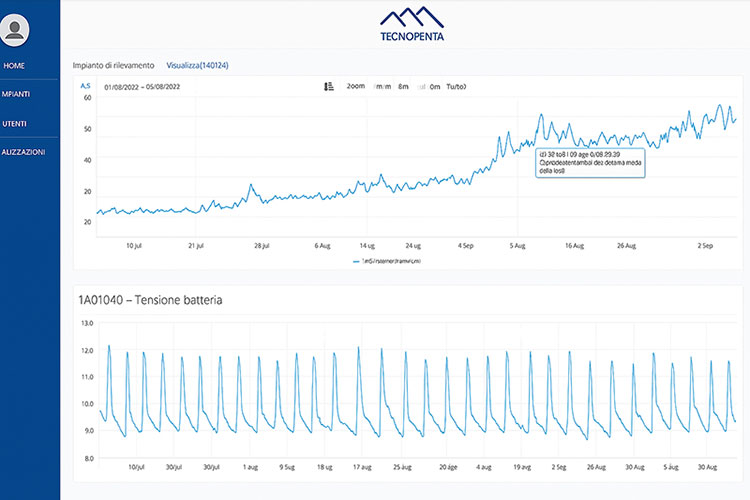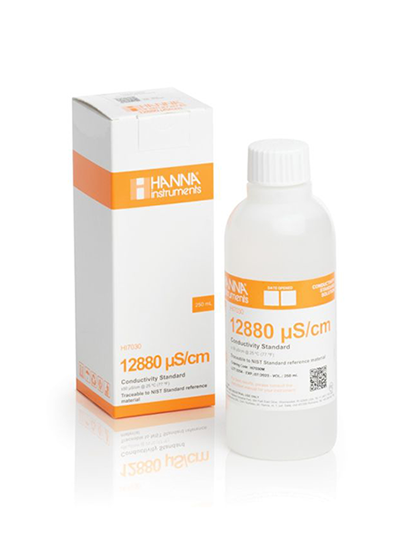The salt wedge phenomenon is generated in environments close to the coasts. It shows why seawater with a high salt content enters the continental aquifer over distances that can sometimes be significant. This extraordinary event is the source of important problems that can cause difficulties for water supply systems both, linked to agriculture and human consumption.
Tecnopenta has always supported large companies connected with the management of water resources, through the installation and maintenance of automatic monitoring systems for parameters such as conductivity and rivers and canals water levels.
Installing sensors of this type can be difficult. The first point to take into account is the installation site. Generally, we tend to install the probes immersed in loops or small recesses in the banks. In this way, protection is offered in the event of floods or in the event of risks of collision with material transported by the current. However, care must be taken because the water must not be too subject to stagnation, as the chemical and physical parameters at the point of installation may not undergo the same changes as the rest of the volume of interest.
The second thing to evaluate is how to protect the probes in the best way. In order to measure correctly, the sensors must be immersed, and a body immersed in a fluid flow that varies over time can be subject to many problems; for example, it could suffer impacts or move excessively and become damaged.
A third problem is the need to access data quickly and easily. It makes it necessary to evaluate the energy requirements of the equipment very carefully because the installation locations are often remote and not served by the national electricity grid.
Case study: installation of conductivity probes on riverbanks in the absence of structures or artifacts to anchor to
In August 2022, in a particularly dry period, Tecnopenta installed the first part of a much larger monitoring system involving the largest rivers in the Veneto area.
Especially, three automatic conductivity detection systems were installed on a single natural watercourse and at various distances from the mouth. The embankments at the installation points did not have structures that could be used to mount the meters, so stainless steel pipes approximately 4 m long were installed on the embankment which connect the floodplain to the river water.
The pipes in question descend into the river with a variable inclination depending on the case but allow the probe to be safely installed up to a certain depth. The walls of the pipes have been appropriately drilled to allow the passage of water and ensure a relevant measurement.
THE DATA LOGGER
The task of reading, interpreting, and storing the data measured by the conductivity sensors is entrusted to a FlexLog data logger, specifically equipped to efficiently perform its function.
In this version, the power consumption is minimal, and the system is powered by a rechargeable battery fed by a small solar panel of 5 or 10 Watts, depending on the solar exposure conditions.
The control electronics are protected inside an IP67-rated enclosure, secured with a lock and installed on a concrete pole along the embankment, ensuring stability and safety.
THE PROBES
The installed probes are built with durable materials, in steel and PVC, and can be calibrated to two conductivity ranges: 80 mS and 8 mS.
For this project, the 8 mS range was selected, as it is more suitable for the environmental conditions of the monitoring site.
Construction Specifications
The diameter of the probe is approximately 60 mm and it is designed to operate while fully submerged, ensuring stable measurements even in dynamic river environments.
Cable Characteristics
The connection cable is covered with a polyurethane sheath, a material highly resistant to cutting and chemical attack.
Inside the cable, there is a Kevlar core, which provides excellent mechanical strength and long-lasting durability even under harsh environmental conditions.
DATA STORAGE
The data is both stored locally on a removable SD card and sent to a web platform where it is processed and graphed. It is possible to set alarm thresholds on all acquired values, including the battery voltage. In this case, data is stored every 15 minutes and sent every 30 minutes to the online platform.
A special space dedicated to the measured data with the GPS positioning of the measurement stations has been created on the METRA web platform. Access is managed through an administrator profile, which allows the creation of different access levels for multiple sub-user accounts.
CALIBRATION AND MAINTENANCE SERVICE
The work is completed by a multi-year maintenance contract which includes regular interventions by qualified and skilled personnel, ensuring operational continuity and reliability.
During the maintenance operations, the condition of the electronics and conductivity probes is checked, data is downloaded from local memory, and the batteries and solar panels are inspected.
A precision calibration is also carried out using certified standard solutions with known conductivity, to ensure long-term measurement accuracy.




